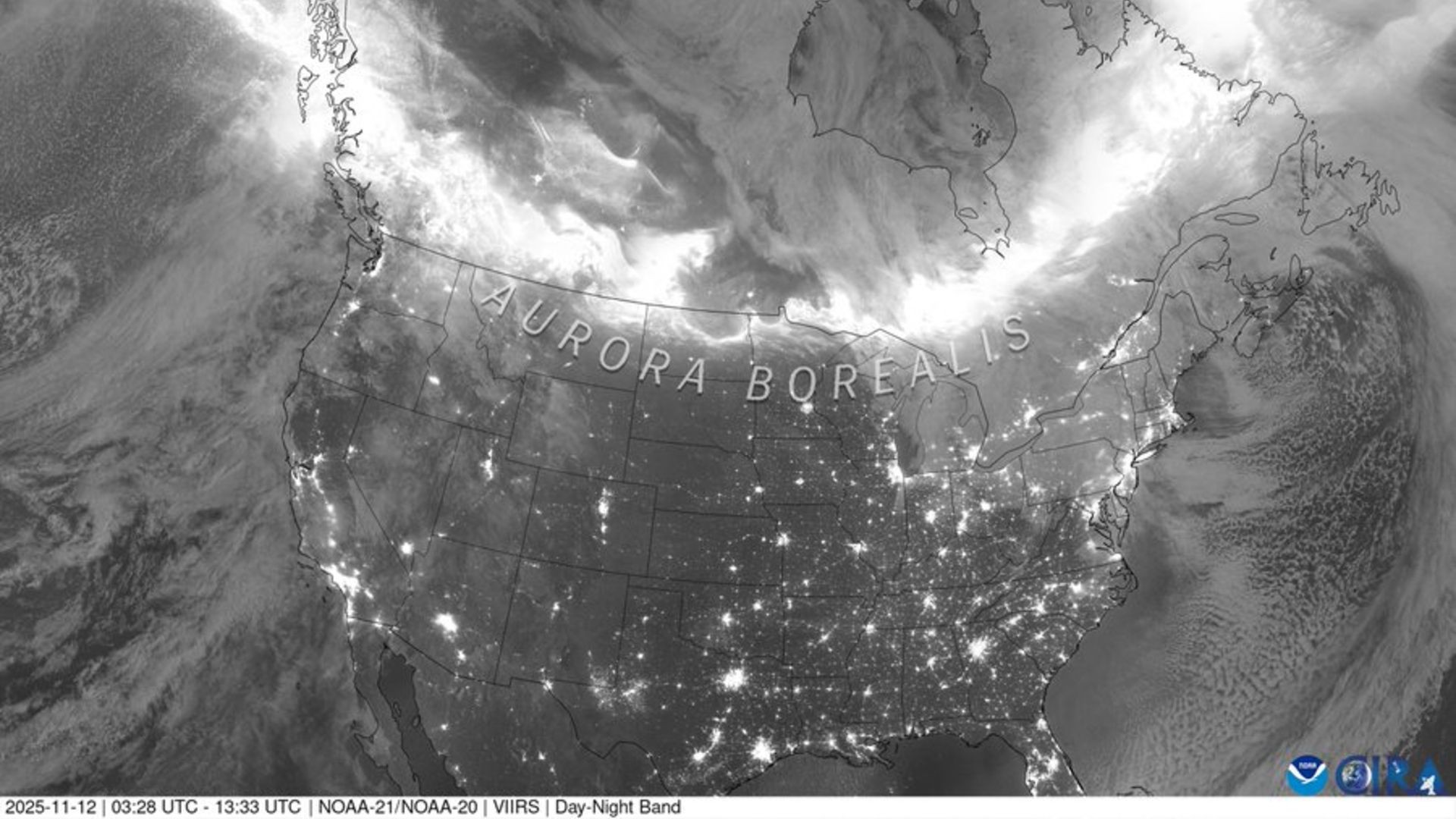Recent days saw a spectacular celestial display across North America as vibrant auroras, typically confined to polar regions, were visible as far south as Texas and Mexico. This rare event was triggered by a powerful geomagnetic storm, one of the strongest in recent years, resulting from a coronal mass ejection (CME) that collided with Earth’s magnetic field.
What Are Auroras and Why Were They So Intense?
Auroras, also known as the northern (borealis) and southern (australis) lights, are natural light displays in the sky, predominantly seen in high-latitude regions. They occur when energetic charged particles from the sun collide with atoms and molecules in Earth’s upper atmosphere. These collisions excite the atmospheric gases, causing them to emit light.
The recent auroral display was unusually intense and widespread due to a severe G4-class geomagnetic storm. Geomagnetic storms are disturbances in Earth’s magnetosphere caused by solar wind and CMEs. CMEs are massive eruptions of plasma and magnetic field from the sun. When a CME slams into Earth, it compresses the magnetosphere, allowing charged particles to penetrate deeper into the atmosphere than usual, expanding the visibility of auroras to lower latitudes.
How NOAA Satellites Captured the Event
The U.S. National Oceanic and Atmospheric Administration (NOAA) Joint Polar Satellite System (JPSS) captured stunning images of the auroral display from orbit. These polar-orbiting satellites use both visible and infrared wavelengths to monitor the Earth’s atmosphere and weather patterns.
The composite images released by NOAA reveal hotspots of auroral activity across North America. By combining data from multiple wavelengths, the satellites were able to map the extent of the auroras, showing where the lights were most visible. The images demonstrate how the storm supercharged the planet’s magnetosphere, allowing charged particles to penetrate deeper into the atmosphere than usual.
Why This Event Matters
The recent geomagnetic storm and resulting auroral display highlight the Sun’s powerful influence on Earth. While auroras are a beautiful natural phenomenon, severe geomagnetic storms can also disrupt critical infrastructure. Powerful storms can induce currents in power grids, leading to blackouts, and interfere with radio communications and satellite navigation systems.
The event serves as a reminder of the need for continued monitoring of space weather and the development of mitigation strategies to protect critical infrastructure from the effects of severe storms. Space weather forecasting is becoming increasingly important as our reliance on satellite-based technologies grows.
The widespread visibility of the aurora borealis across the continental U.S., including states like Arizona and Texas, was a rare and captivating spectacle. The vibrant waves of green, pink, and purple captured in breathtaking photos by stargazers and photographers across the continent showcased the Sun’s awe-inspiring power.
The event serves as a striking illustration of the dynamic relationship between Earth and the Sun, reminding us of the constant interplay between our planet’s magnetic field and the ever-changing solar environment
